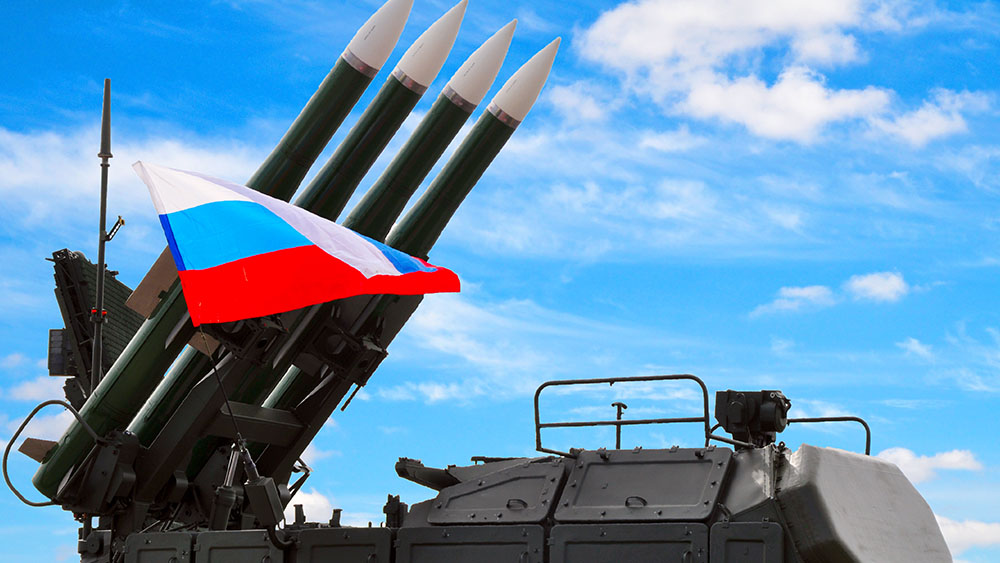
- Moscow is ramping up production of the intermediate-range Oreshnik ballistic missiles and is said to be capable of producing up to 300 missiles annually. This move signals a significant expansion of Russia's military capabilities and regional influence.
- Russian President Vladimir Putin has announced plans to supply Belarus with Oreshnik missiles, a strategic move that could escalate tensions between Russia and NATO, as Belarus borders multiple NATO countries.
- The Oreshnik missile features a 4,000-kilometer range and multiple independently targetable re-entry vehicles (MIRVs), making it a game-changer in modern warfare. It can deliver both nuclear and conventional warheads to multiple targets simultaneously.
- Despite international sanctions, Russia has managed to overcome previous limitations and sustain its production of advanced missile systems. This raises concerns about the effectiveness of current sanctions against Russia.
- The surge in missile production, coupled with Russia's strategic shift towards regional deployments, could ignite a new arms race, challenging regional stability and prompting neighboring countries to seek countermeasures. The involvement of Western semiconductor companies in producing components for these missiles further complicates the situation.
Russia's missile production surge increases the risk of global escalation
Journalists from Military Watch Magazine (MWM) have highlighted that the production surge is not just about the numbers; it's about the technological edge the Oreshnik brings. With its ability to carry MIRVs and target multiple locations simultaneously, the Oreshnik is not just a missile – it's a strategic game-changer. The implications of this potential arms build-up are dire. As Russia continues to expand its missile capabilities, the risk of accidental or deliberate escalation increases exponentially. The regional stability that has been painstakingly cultivated over decades could crumble under the weight of a new arms race. Moreover, the fact that these missiles are being produced using components manufactured by Western semiconductor giants, despite sanctions, is a sobering reminder of the porous nature of international regulations. Companies like Texas Instruments, XILINX, AMD and others are unwittingly contributing to the enhancement of Russia's military capabilities, undermining international efforts to contain Russian aggression. Russia's actions are not just a reflection of its ambitions; they're a call to arms for the global community. Will diplomatic channels, economic sanctions, and technological countermeasures be enough to prevent a full-blown arms race, or are we on the brink of a new Cold War? Watch the video below that talks about how fast the Oreshnik missile can hit U.S. bases all around the world. This video is from The Prisoner channel on Brighteon.com.More related stories:
Russian state media says Oreshnik missiles can hit American bases within minutes. Putin vows to massively expand stockpile of Oreshnik hypersonic missiles as Russia intensifies attacks on Ukraine. Putin says Russia's new hypersonic Oreshnik missile is like a meteorite that can reduce everything to dust. Russia unveils hypersonic "Oreshnik" missile in attack on Ukraine, warns it can strike European capitals within minutes of launch.Sources include:
MilitaryWatchMagazine.com Taarifa.rw KyivIndependent.com Brighteon.comSales of survival bunkers rise following Russia’s use of the Oreshnik hypersonic ballistic missile
By Arsenio Toledo // Share
Salmonella outbreak linked to cucumbers spreads to 23 states
By Cassie B. // Share
Top 10 INSIDIOUS PLOTS cooked up by the Democrats over the past 4 years
By S.D. Wells // Share
WAR CONTINUES: Ukraine REJECTS Hungary’s last-ditch peace proposal ahead of Christmas
By Ramon Tomey // Share
Drones and radiation spikes: Are NYC skies hiding a nuclear threat?
By Cassie B. // Share
Putin’s “unstoppable” Oreshnik missile: A dangerous gamble or empty threat?
By Willow Tohi // Share
Tariffs threaten access to healthy diets as grocery prices soar
By willowt // Share
Tensions persist as Russia and Ukraine remain at odds over ceasefire prospects
By bellecarter // Share
WEF's Klaus Schwab and his wife Hilde under investigation for ethical and financial MISCONDUCT
By ramontomeydw // Share
FBI affidavit: Teen's plot to assassinate Trump linked to Ukrainian operation
By ramontomeydw // Share
Border crisis reaches Montana: Six illegal immigrants ARRESTED in upscale ski town
By avagrace // Share











